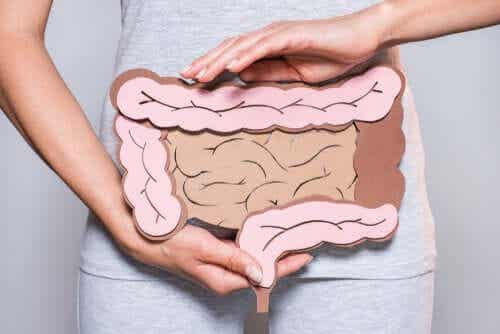When we talk about the neuroscience of happiness, we mean the ability to reach this dimension through a positive use of the brain

Last update: July 18, 2020
In recent years, numerous studies have emerged relating to the so-called neuroscience of happiness. For a relatively few years, neuroscientists and psychologists have begun to study the mental states associated with the components of happiness. And to consider their relationship with well-being.
For years, research has shown that our experiences over time reshape the brain and can change the nervous system. This, of course, applies both positively and negatively. Currently, researchers in the neuroscience of happiness are focusing on how to harness this mental plasticity to cultivate, and maintain, positive emotions.
Positive emotions, the key to psychological well-being
The ability to maintain a positive emotion is a key component of psychological well-being. The benefits of positive emotions are well documented. For example, positive emotions have been shown to improve physical health, fuel confidence and compassion, and compensate for and / or alleviate depressive symptoms.
It has also been found that they help heal stress and can even counter the effects of negative moods. Additionally, positive emotions promote a better social connection.
The inability to maintain them over time is a hallmark of depression and other psychopathologies. The mechanisms that support the ability to sustain positive emotional responses have only recently been understood.
A study published in the Journal of Neuroscience in July 2015 found that prolonged activation of an area of the brain called the ventral striatum is directly related to the maintenance of positive emotions and rewards.
The good news is that we can control the activation of the ventral striatum. Which means that enjoying the most positive emotions is in our hands.
The neuroscience of happiness
According to this study, people with higher activity levels in the ventral striatum enjoy greater psychological well-being and have low levels of cortisol, the so-called stress hormone.
Thanks to research prior to the study in question, it was discovered that enjoying positive moments, such as a beautiful sunset, can improve well-being. For this new study, the researchers sought to identify how and why some people are able to keep these positive feelings alive.
Having identified a specific brain area linked to the maintenance of positive emotions leads us to speak of a "switch" of positive emotions. In other words, it would be possible to activate this region in a conscious way.
Researchers studied the neuroscience of happiness by applying it to the real world through two experiments. The first consisted of functional magnetic resonance imaging monitoring of reward responses. The second in an experience sampling that measures emotional responses based on the reward obtained.
Examining these dynamics can facilitate understanding of the behavioral associations underlying positive and negative emotions. In this regard, it should be noted that, according to the authors, it is important to consider not only the emotion felt, but also the time in which it is maintained.
The exact mechanism that allows you to prolong or not a certain state of mind still remains a mystery. The results obtained, however, suggest that the duration of activity in specific brain circuits, even in relatively short periods, can predict the persistence of positive emotions even minutes and hours later.
Activation of the ventral striatum
The study results provide a better understanding of how certain mental disorders, such as depression, manifest in the brain. The experiment also explains why some people are more cynical than others, because some tend to always see the glass as half full rather than half empty.
Practices such as kindness and compassion towards others have been shown to increase the duration of positive emotions.
On the other hand, the methodological innovations shown in this study can be applied to determine whether the impact of simple forms of meditation can enhance real-world positive emotions. As well as the prolonged activation of the ventral striatum by functional neuroimaging technology.


























